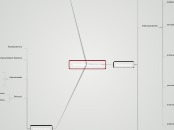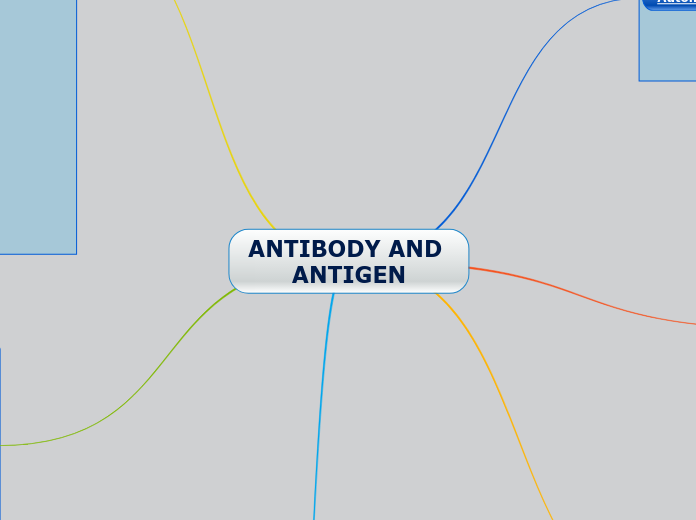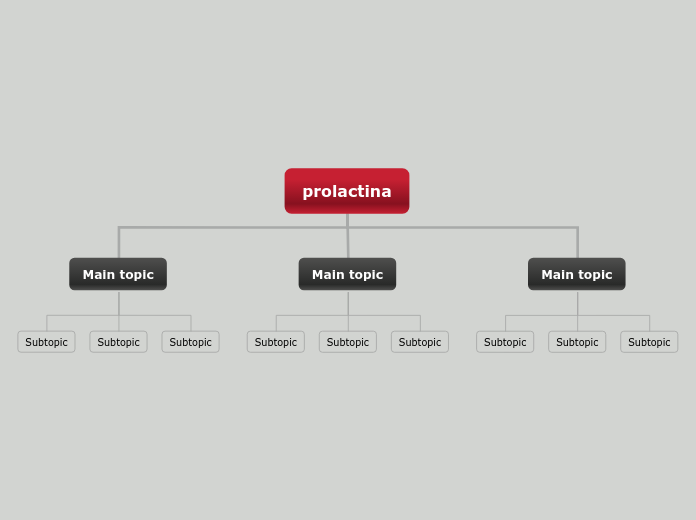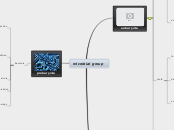Enchiodermata
-Radial Symmetry
-Internal Skeleton
-Water Vascular System
Chordata
-Dorsal Nerve Cord
-Notochord
-Paired Gill Slits
-Post Anal Tail
Mollusca
-Body Plan
-Shells
-Coelem To Protect Organs
-Foot
-Mantle
Arthropoda
-Hard Exoskeleton Made Out Of Chitin And Protein
-Joint Appendages/Segmented Body
-Must Molt To Grow
Annelida
-Closed Circulatory System
-Complete Digestive Tract
-Body Segmentation
-Coelem To Protect Organs
Nematoda
-Body Cavity
-Bilateral Symmetry
-Complete Digestive Tract
Platyhelminthes (Flatworm)
-Bilateral Symmetry
-3 Tissue Layers
-Centralized Nervous System
-No Body Cavity
-No Circulatory System
-No Skeleton
Cnidaria
-2 Tissue Layers
-Radial Symmetry
Porifera
-Simplest organisms
-Asymmetrical
-No Tissues
-Asexual or Sexual Reproduction
Characteristics of Animals
-Eukaryotic (Multi Cellular)
-Heterotrophic (Eat to Gain Energy)
-Motile
-Made Up Of Cells That Do Not Have Cell Walls
-Diploid
Characteristics of Fungi
-Eukaryotic (Multi Cellular)
-Usually not motile
-Asexual and Sexual
-Reproduced through spores
-Chemoheterotrophic
(Cannot Produce Own Food
So It Must Absorb It)
Characteristics of Plantae
-Eukaryotic (Multi cellular)
-Photosynthetic
-Develop From Embryos
Characteristics of Protists
-Aquatic
-Heterotrophic and Autotrophic
-Unicellular (Some Are Multicellular)
-Large Complex Cells
-Diverse Kingdom
Characteristics of Archaebacteria
-Unicellular
-Prokaryotic (No Nucleus)
-Live in Extreme Environments
-Autotrophic and Heterotrophic
-Asexual Reproduction (Binary Fission)
Characteristics of Eubacteria
-Unicellular
-Prokaryotic (No Nucleus)
-No Membrane Bound Organelles
-Asexual Reproduction (Binary Fission)
Characteristics of Eukarya
-Multicellular and Unicellular
-Autotrophic and Heterotrophic
-Membrane Bound Nucleus
-Membrane Bound Organelles
Characteristics of Archaea
-Unicellular
-Prokaryotic (No Nucleus)
-Live in Extreme Environments
-Autotrophic and Heterotrophic
-Asexual Reproduction (Binary Fission)
Characteristics of Bacteria
-Unicellular
-Prokaryotic (No Nucleus)
-No Membrane Bound Organelles
-Asexual Reproduction (Binary fission)
ishanabhi
Eukarya
Animalia
Chordata: Anura (Frog)
Vertebrate
Gnathostomata
Mammalia: Bear
Terrestrial Adaptations
-Hair To Keep Warm
-Milk To Nourish Offspring
-Endothermic: Maintain
High Temperature
Placental Mammals
Reproduction Strategy
-Offspring develop completely
inside mothers body
-Offspring grow inside of mothers
placenta
The Placental mammal reproduction
strategy is superior to the reproducton
of marsupials, because offspring are
able to develop completely inside of
mothers body, unlike marsupials where
they are born immature. Since they are,
born more mature they have higher
chances of survival.
Xenarthra
Armadillo
Chiroptera
Bats
Primates
Gorilla
Marsupials
Reproduction Strategy
-Embryos are born immature
-Embryo completes development
in a pouch outside of mothers body
The Marsupial reproduction strategy
is superior to the reproduction strategy
of monotremes, because monotreme
offspring are less likely to survive due
to the fact that eggs are harder to protect
than embryos in a mothers pouch.
Marsupial offspring are
Microbiotheria
Dromiciops australis
Paucituberculata
Shrew opposum
Diprotodontia
Kangaroo
Monotremes
Reproduction Strategy
-Lay eggs
Tachyglossa
Short-beaked echidna
Ornithorhynchidae
Platypus
Aves
Terrestrial Adaptations
-Glizzard Organ To Digest
-Shaped Feet To Stand On
Branches
-Endothermic: Maintain
High Temperature
Example: Parrot
Reptilia
Terrestrial Adaptations
-Scales To Protect Skin
-Amniotic Eggs Allows Eggs
To Be Layed On Dry Land
-Clawed Toes For Self Defence,
Climbing and Digging
-Bury Eggs To Protect Offspring
Example: Snake
Amphibia
Terrestrial Adaptations
-Moist Skin Helps To
Absorb Oxygen
-Three Chambered Heart
For Efficiency
Example: Frog
Osteichthyes: Bony Fish
Terrestrial Adaptations
-Scales To Protect Body
-Operculum: Protective
Flap To Protect Gills
-Swim Bladder To Float
At Optimal Depth
Example: Catfish
Chondrichthyes: Cartilaginous Fish
Terrestrial Adaptations
- Sensory Organs To Detect Animals
- Paired Fins To Propel Through Water
Example:Shark
Agnathans
Cephalaspidomorphi
Eample:Lamprey
Myxini
Terrestrial Adaptations
-Long And Thin
-Cartilage Skeleton
Example:Hagfish
Cephalochordates
Tunicates
Enchiodermata: Asteroidea (Starfish)
Mollusca: Teuthida (Squid)
Arthropoda: Rhopalocera (Butterfly)
Myriapod
Symphyla
Symphyla (Garden Centipede)
Pauropoda
Hexamerocerata
Diplopoda
Diplopoda (Millipede)
Chilopoda
Lithobiomorpha (Stone Centipede)
Crustacea
Ostracoda
Podocopida
Branchiopoda
Composita
Maxillopoda
Cirripedia (Barnacle)
Malacostra
Nephropidae (Lobster)
Hexapoda
Entognatha
Collembola (Springtail)
Insecta
Anthophila (Bee)
Chelicerates
Pycnogonida
Pantopoda (Sea Spider)
Merostomata
Limulidae (Horseshoe Crab)
Arachnida
Araneae (Spider)
Annelida: Lumbricina (Earthworm)
Nematoda: Ascaridida (Roundworm)
Platyhelminthes: Cestoda (Tapeworm)
Cnidaria: Medusozoa (Jellyfish)
Porifera: Demospongiae (Sponge)
Fungi
Chytridiomycota
Can reproduce both sexually, and asexually. For asexual
reproduction, the sporangia release zoospores, that
germinate into sporophytes. For sexual reproduction,
sporangium germinates which releases haploid zoospores,
which germinate into gametophytes. After it matures, it
combines with a female gamete, to make a zygote.
Allomyces
Basidiomycota (Club Fungi)
Reproduces both sexually, and asexually.
Reproduces asexually, like other fungi,
when cells split apart, to create a copy
of the fungus. In sexual reproduction,
mycelia of different mating strains combine
to create mycelium with basidiospores,
which then form a mushroom.
Agaricomycetes
Deuteromycota (Imperfect Fungi)
The sexual reproduction of
Deuteromycota has never been
observed, however they do
reproduce asexually. Deiteromycota
undergoes sporogenesis
like other fungi, when cells split apart,
and create a copy of the fungus.
Aspergillus niger
Ascomycota (Sac Fungi)
Reproduces asexually or sexually.
In axexual reproduction the fungus
undergoes fission, and cells split apart,
to create a copy of the fungus which can
split apart. The spores formed by asexual
reproduction are called conidia. In
sexual reproduction, two gametes have
to combine.
Pezizomycotina
Zygomycota
Reproduces Asexually or Sexually. In asexual
reproduction, hyphae produce sporangium,
which burst to release spores, which then
germinate and produce more fungi. In sexual
reproduction, gametes form at the top of
hyphae, and combine with each other to reproduce.
Rhizopus stolonifer
Plantae
Angiosperms
Angiosperms successfully adapted from
water to land, through adaptations such as,
a good reproductive strategy which uses
insects to transfer pollen.
P. Anthophyta (Flowering Plants)
Helianthus annuus
Gymnosperms
Gymnosperms successfully adapted from
water to land through adaptations such as,
a good vascular structure to stand upright,
and a waxy cuticle to retain moisture.
Gymnosperms are also good at reproducing
as they use wind to reproduce.
P. Ginkophyta (Ginkgo)
Ginkgo biloba
P. Gnetophyta
Ephedra antisyphilitica
P. Cycadophyta (Cycads)
Stangeria eriopus
P. Coniferophyta (Conifers)
Pinus
Seedless Vascular
Seedless vascular plants successfully
adapted from water to land through
adaptations such as, developing a
vascular system to transport nutrients,
and using wind to blow its spores away,
and reproduce.
P. Lycophyta (Club Mosses)
Lycopodium clavatum
P. Pterophyta (Ferns, Whisk Ferns, Horsetails)
Matteuccia struthiopteris
Bryophytes
Bryophytes successfully adapted from water to
land through adaptations such as, a waxy
cuticle to retain moisture.
P. Anthocerophyta (Hornworts)
Ceratophyllum demersum
P. Hepaticophyta (Liverworts)
Marchantia polymorpha
P. Bryophyta (Mosses)
Hypnum cupressiforme
Protista
Fungus Like
Saprophytic Heterotrophic
Water Molds
Peronosporales
Cellular Slime Molds
Dictyostelium
Acellular Slime Molds
Red Raspberry Slime Mold
Animal Like
Autotrophic
Sporozoan
Non Motile (Do Not Move)
Plasmodium
Zooflagellates
Move By Beating A Long Whip Like Flagella
Trypansoma gambiense
Ciliates
Tiny Hairs Around Organism Called Cilia Propel It
Paramecium caudatum
Sarcodines
Pseudopods (False Feet) Stretch Towards Prey
Ameoba proteus
Plant Like
Heterotrophic
Eugenoids
Euglena
Dinoflagellates
Gonyaulax catenella
Rhodophyta
Red Algae
Archaea
Archaebacteria
Methanobrevibacter smithii
Bacteria
Eubacteria
Spirillum (Spiral Shaped)
Campylobacter jejuni
Bacillus (Rod Shaped)
Escherichia coli (E. coli)
Coccus (Spherical)
Streptococcus pyogenes









